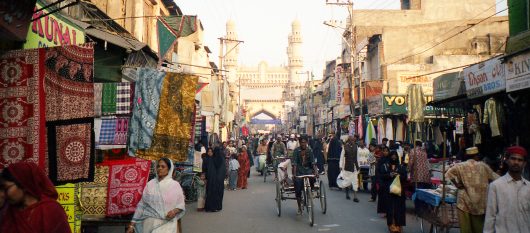Flipkart: Amazon of the East

The king of e-commerce in India is not Amazon but rather a locally formed competitor: Flipkart. Like Amazon, Flipkart began as an online bookstore in 2007. Today, it has more than 75 million and accounts for almost 50 percent of online purchases. Along with another homegrown company, Snapdeal, Flipkart has created thousands of jobs and access to higher quality goods at lower prices—a win-win situation for struggling communities in India.
The popularity of online shopping can be attributed to the increasing availability of smartphones. Within just six months, the usage of smartphones among total mobile phones grew from one in five to one in every four mobile phones. Thus, analysts believe that internet usage will grow by 27 percent in just five years and contribute to the doubling of income per person from $1,570 to roughly $3,000 a year by 2025.
The growth of the cell phone industry and e-commerce in India indicates a positive spike in the quality of life. In its analysis of poverty levels in 2011, the World Bank reported that about 21 percent of India’s population lived on less than $1.90 a day. In 2015, that figure dropped to 12.4 percent, meaning 97 million people have officially emerged from extreme poverty. Since Flipkart and its competitors expect a bright future, it is believed that these numbers will only improve.
With more people on the internet, Indian firms like Flipkart and Snapdeal plan to increase their sales seven times over by 2020. This growth is good not only for those in the e-commerce market but also for local businesses and low-skilled labor.
According to The Economist, one of the primary areas of job creation is delivery services. Although these services were already widely used, such as transporting groceries from local corner markets or delivering lunch, the explosion of online shopping has made the demand for deliveries even stronger. Delivery men can now make up to $200 a month—well above what is average for low-skilled labor.
Overall employment is predicted to rise by as much as 30 percent in the next three years. Other estimates claim that as many as two million jobs were created in 2015 by Flipkart alone.
Physical stores are also making progress through e-commerce. The Indian division of Amazon, along with other online distributors, has made it much easier for new businesses to reach a wider selection of consumers, thereby expanding their sales and revenues. As it goes, India is in the middle of an economic upward spiral that is both energizing and hopeful.
– Emiliano Perez
Photo: Flickr
